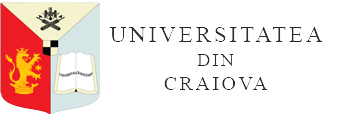COMPARATIVE QUANTITATIVE ANALYSIS OF SOME CLASSES OF BIOACTIVE COMPOUNDS IN SOME TEA SORTIMENTS AND TEALIKE INFUSIONS AVAILABLE ON THE ROMANIAN MARKET
DOI:
https://doi.org/10.52846/bihpt.v27i63.52Cuvinte cheie:
white tea,, infusions,, carotenoids,, phenolic compoundsRezumat
Two white tea types, Pai Mu Tan and Fujian blend and three popular non-tea infusions, yerba mate, rooibos and hibiscus tea were studied for determining the concentrations of chlorophyll, carotenoid, total phenolic and polyphenolic compounds and essential oil contents in raw plant material and pH of the resulting infusions.
White teas had the highest average amount of chlorophylls (746 mg/kg Fujian, 1,164 mg/kg Pai Mu Tan), the same being valid for carotenoids (218-226 mg/kg). Among non-tea beverages, rooibos had the highest amounts of both chlorophylls and carotenoids.
Total phenolic compounds also had the highest concentrations in white teas (43,617 mg/kg Pai Mu Tan, 47,522 mg/kg Fujian) followed by yerba mate (29,146 mg/kg). Total essential oils were much more variable, even among white teas (1,200-10,800 mg/kg), with high amounts in yerba mate and hibiscus tea.
pH values were similar, mildly acidic, except for the highly acidic (1.31) hibiscus tea.


